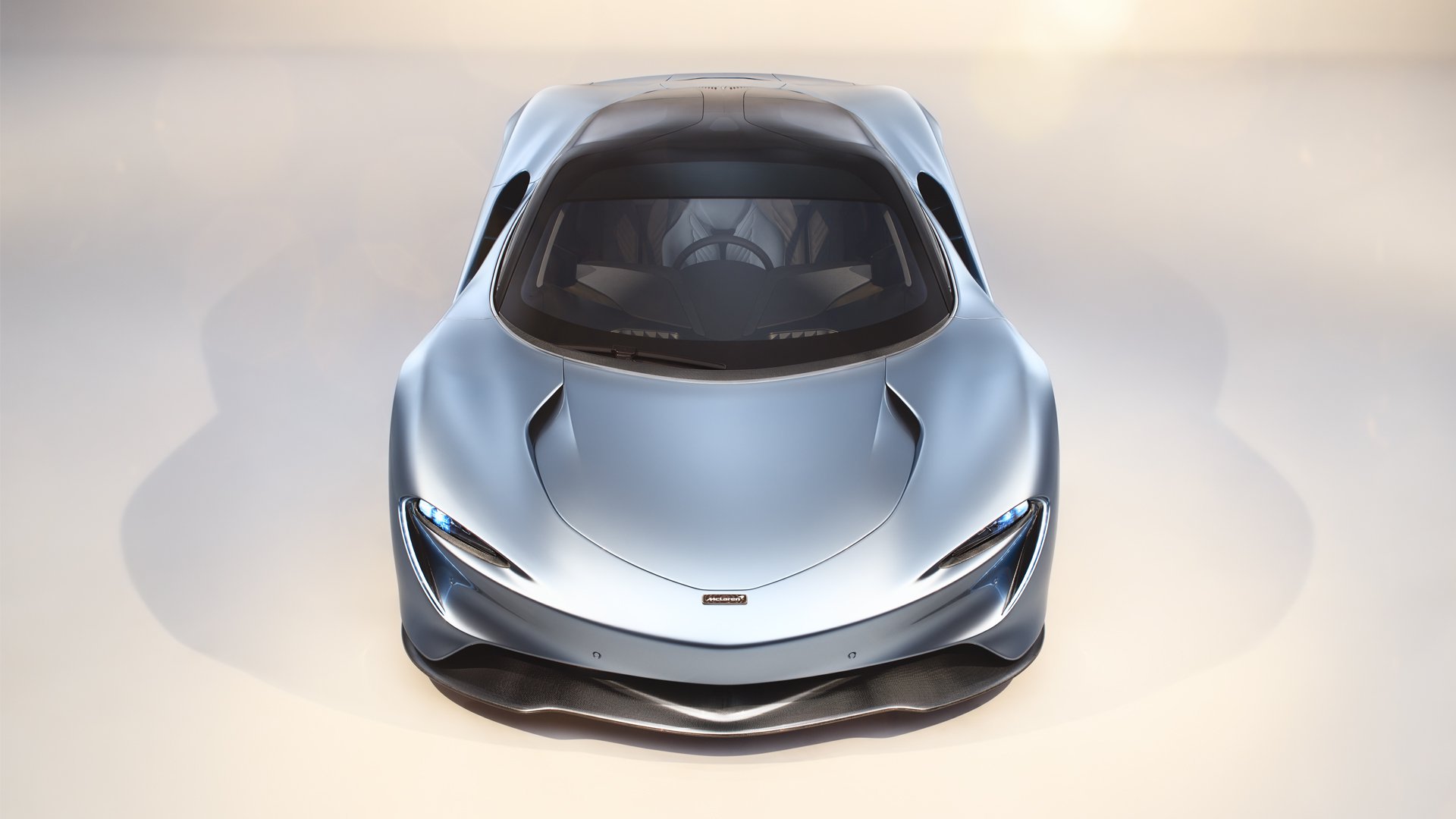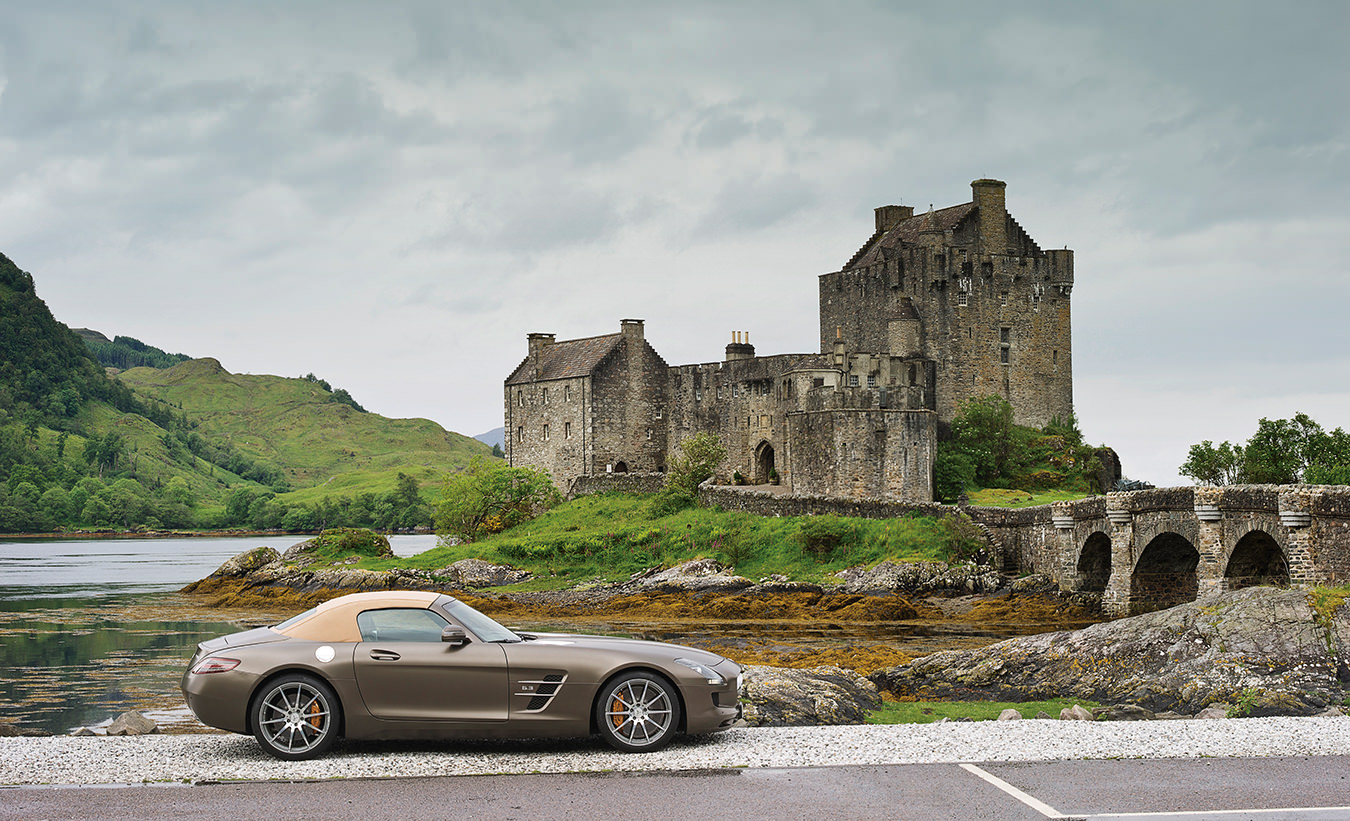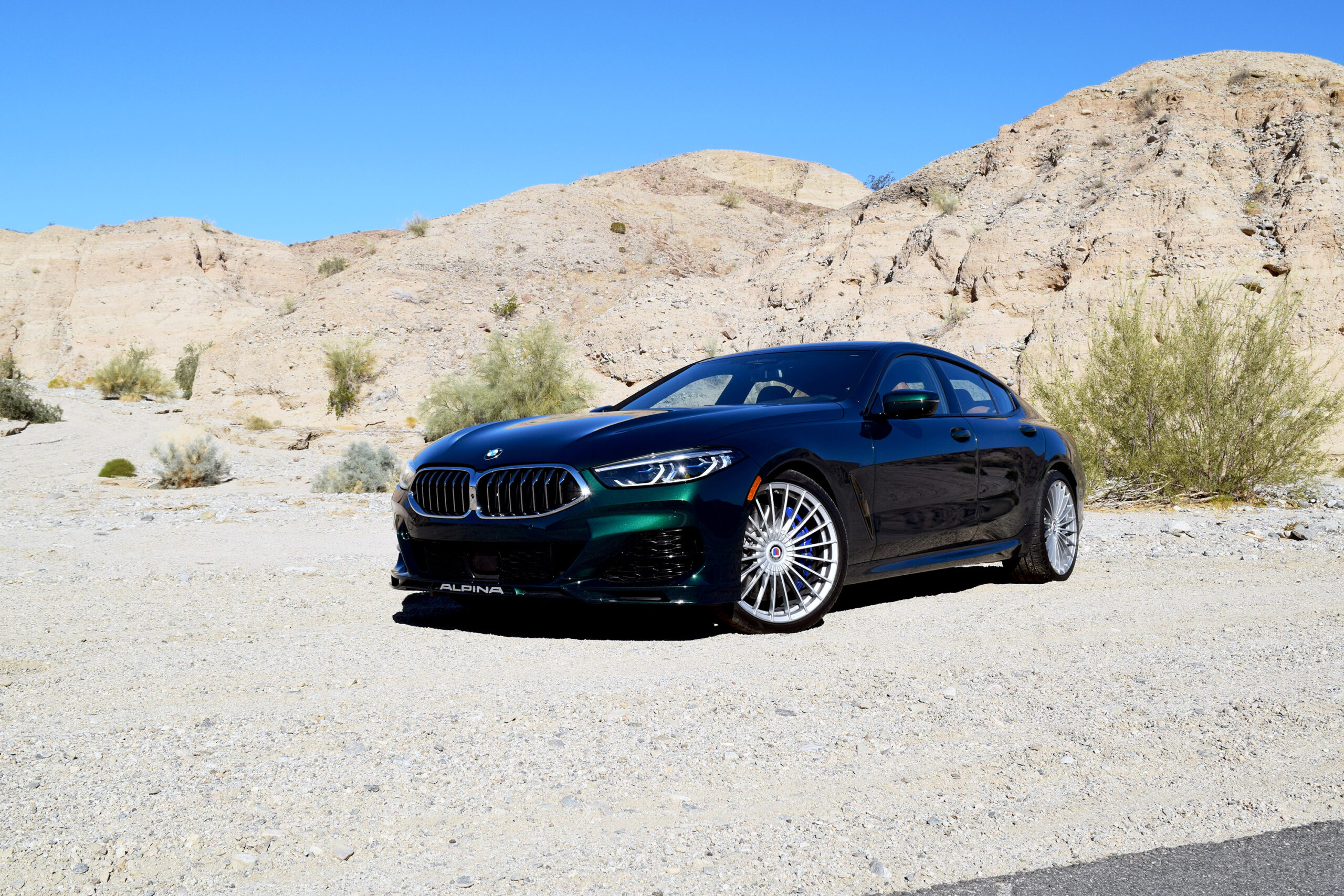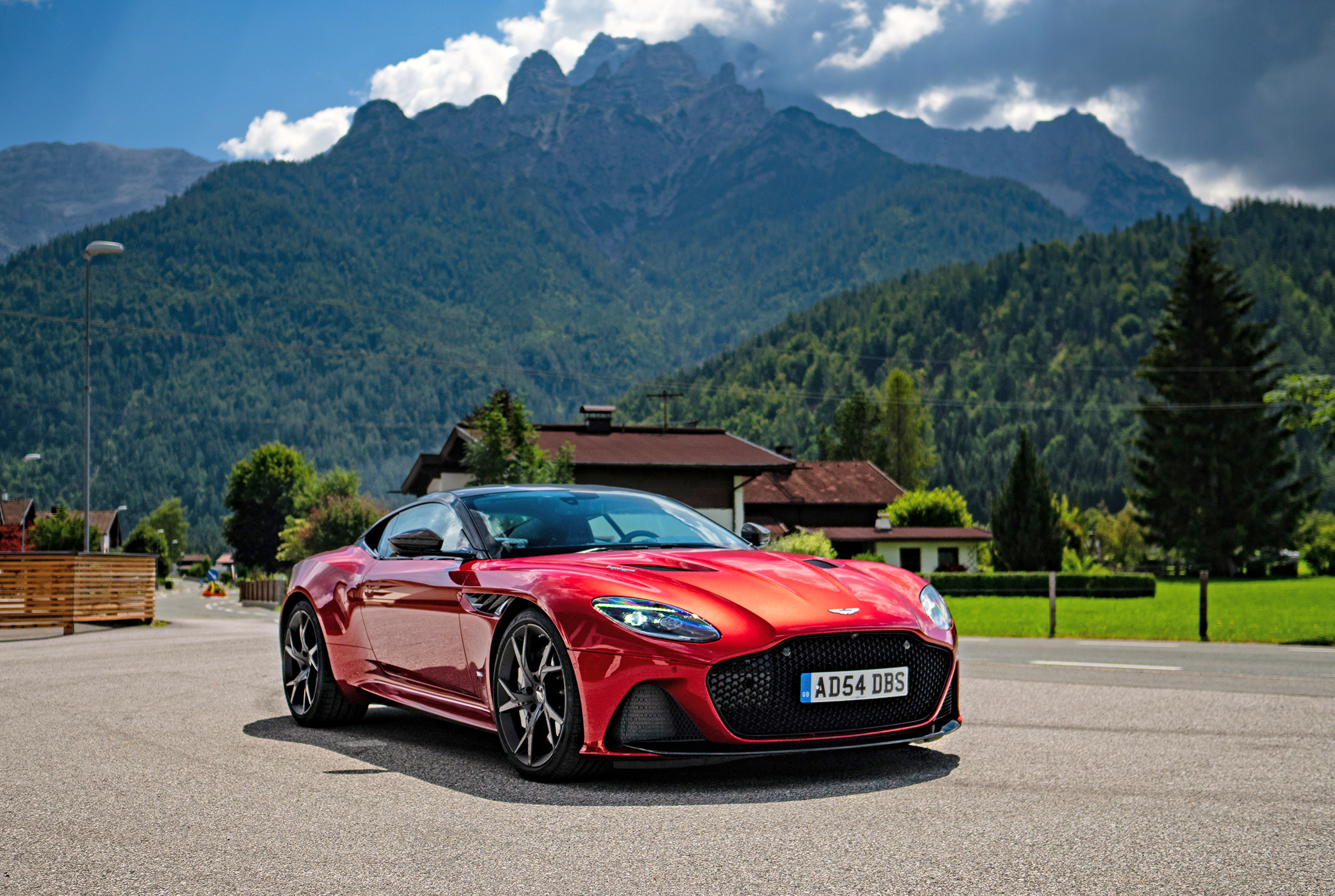McLaren Unveils the 2019 Speedtail
Fast, powerful, and avant-garde.

When McLaren releases a new top-range model, car enthusiasts take note. With the wild new Speedtail, McLaren has taken the spirit of its pioneering F1 and crossed it with the essence of the hybrid P1 hypercar in order to create a splashy new addition to their flagship Ultimate Series range.

As I’ve mentioned in previous coverage, McLaren cars are divided into series. Cars like the 570S are part of the Sport Series, the 720S makes up the Super Series, and the P1, Senna, and this new Speedtail are at the top of the British brand’s offerings in the Ultimate Series.
While the Senna was designed as a road-going track weapon, the Speedtail is something entirely different. It’s a stupendously long GT car with an incredible amount of power and three seats—yes, three. Those who recall the wonderful and incredibly rare McLaren F1 (the brand’s first road car), will recognize the three-across seating of the Speedtail. With the driver sitting front and center, the Speedtail offers a passenger seat on each side, tucked a slight distance from the driver’s seat.
I was seven years old when I bought my first magazine—a copy of Road & Track with the F1 on the cover, which has remained one of my all-time favourite cars to this day. I simply love that the new Speedtail is a three-seater, calling back to the legendary design of the F1. While the Senna’s looks were entirely purpose driven, the Speedtail looks like a neo-futurist spaceship: long, low, with an expansive cockpit, and a form meant to slice through the air with ease.
The Speedtail looks like a neo-futurist spaceship: long, low, with an expansive cockpit, and a form meant to slice through the air with ease.
And that was precisely the goal, with McLaren’s engineers tasked with creating a car of great aerodynamic efficiency and incredible speed. Air flows specifically and without hindrance across the Speedtail’s flowing curves—even the wing mirrors have been replaced by special cameras in the interest of presenting a smaller aerodynamic profile at speed.
Speaking to the speed, the stated performance is, as you might assume, immense. With a planned dry weight of 1430 kg and a power output of 1,035 horsepower from a hybrid gas-electric powertrain (likely similar to that of the P1), McLaren has projected 0-300 km/h in 12.8 seconds and a top speed of 403 km/h, making it the fastest car they’ve ever produced.
The Speedtail is, like any Ultimate Series car, an exploration of what McLaren can make price and production numbers are removed from the equation. The interior is illuminated by LEDs in the glass roof structure, and the same glass that can be dimmed at the press of a button (there are no sun visors). The driver console is all digital, meant to minimize the cabin and ensure the driver has whatever is needed to pilot the Speedtail with ease, including dedicated monitors for the retractable wing mirror camera system. It’s modern, tech forward, and right on the edge of a concept, with even the gear select and dynamics controls moved to a position on the roof above the driver.

Currently in the testing and prototype phase (the first road-going example is nicknamed “Albert”), the Speedtail is slated for production at the end of 2019. Just like the F1, only 106 Speedtails will be produced, each carrying a price tag starting at £1.75-million ($3-million Canadian) before any special customization, of which one can assume many buyers will happily pay for. Though I’ve had absolutely amazing drives in the 570S, 650S, and 720S, for me, McLaren will always be about cars like the F1. While I will likely never drive a Speedtail, if Road & Track puts one on the cover, I’ll buy an issue for continuity alone.
_______
Never miss a story. Sign up for NUVO’s weekly newsletter, here.










